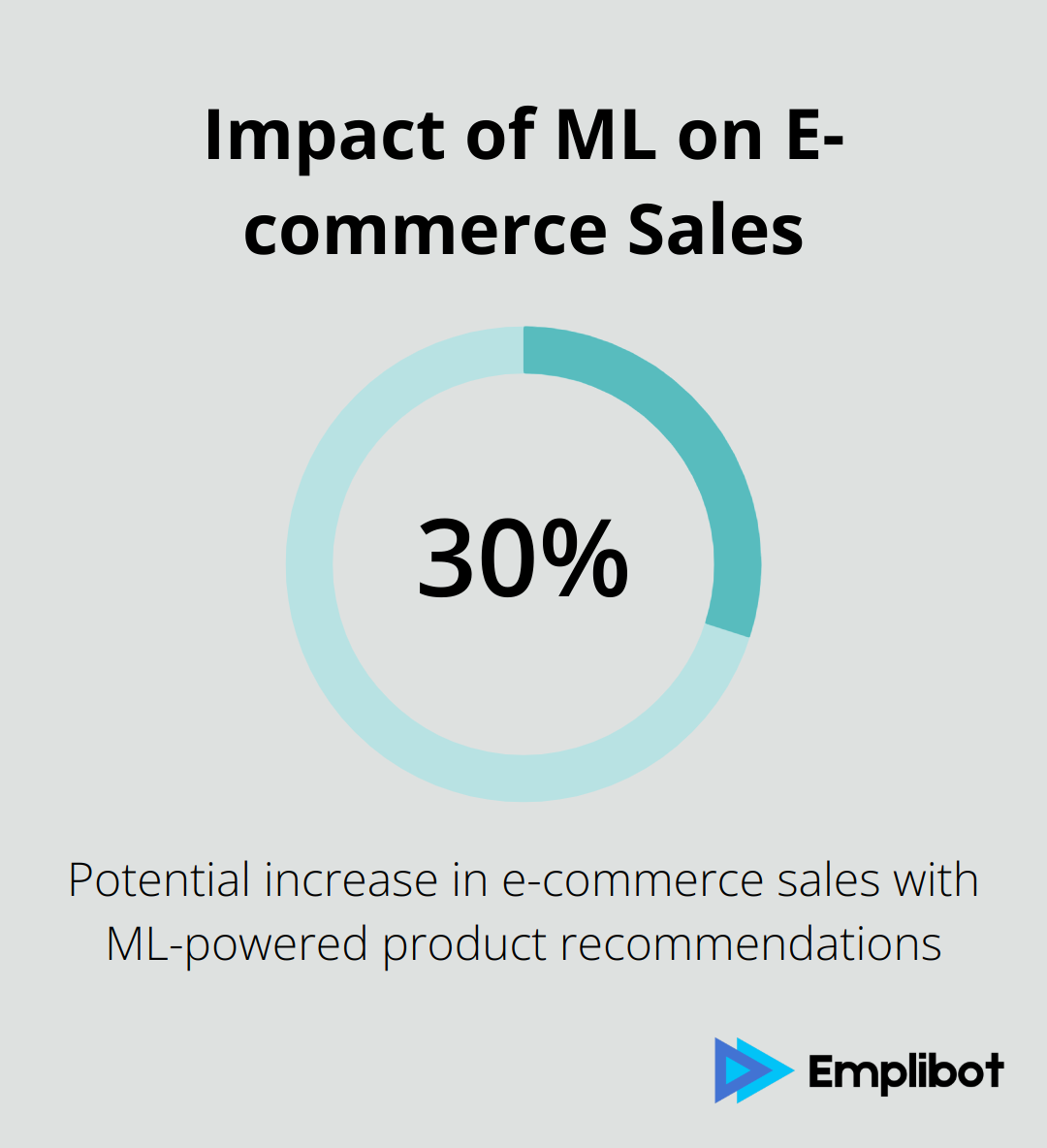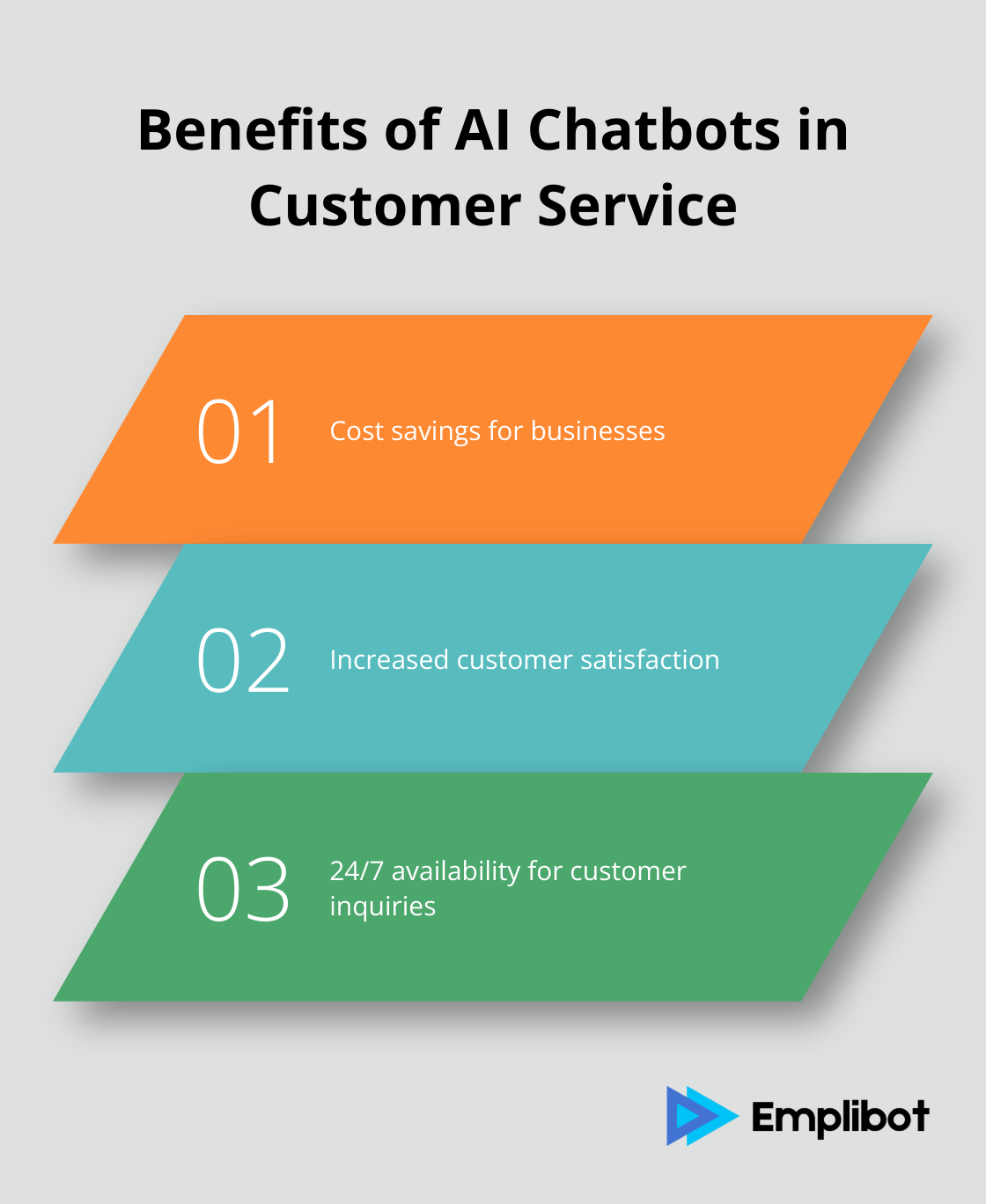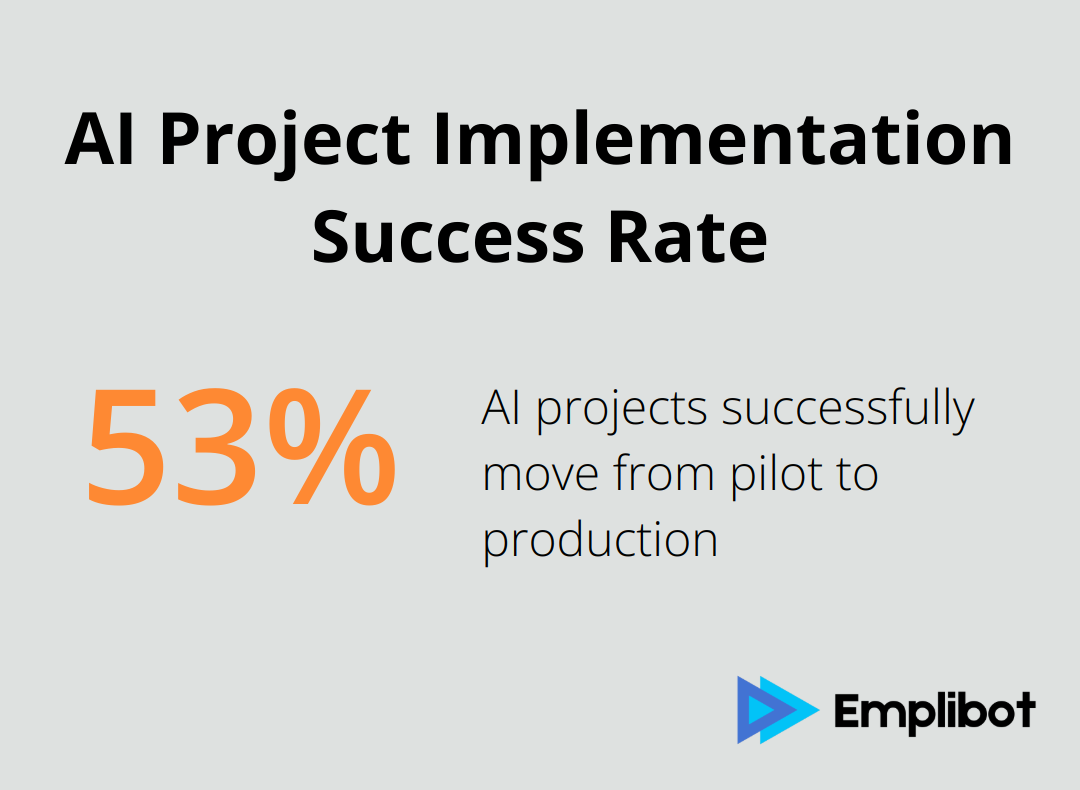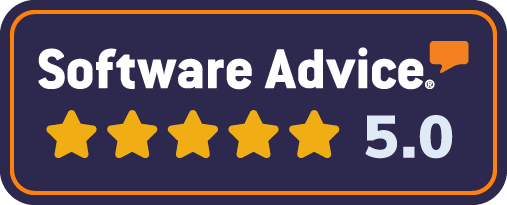Choosing the best AI for business can be a game-changer for companies looking to stay competitive in today’s fast-paced market. At Emplibot, we’ve seen firsthand how the right AI solution can transform operations and drive growth.
This guide will walk you through the essential steps to select the perfect AI technology for your unique business needs. We’ll cover everything from understanding different types of AI to evaluating key factors that ensure a successful implementation.
Contents
ToggleWhat AI Types Best Fit Your Business?
AI isn’t one-size-fits-all. Different types of AI excel at various tasks, and understanding these distinctions is key to choosing the right solution for your business. Let’s explore the main types of AI and how they can benefit different industries and business functions.
Machine Learning: The Data-Driven Powerhouse
Machine Learning (ML) forms the backbone of many AI applications. It focuses on algorithms that improve through experience. Netflix uses ML to recommend shows based on your viewing history. In e-commerce, ML powers product recommendations, potentially increasing sales by up to 30% (according to a study by McKinsey).

ML analyzes your audience’s preferences and creates content that resonates with them. This data-driven approach can significantly boost engagement rates across your digital platforms.
Natural Language Processing: Bridging Human-Computer Communication
Natural Language Processing (NLP) enables computers to understand, interpret, and generate human language. It powers chatbots, voice assistants, and translation services. The global NLP market is expected to reach $43.9 billion by 2025 (as reported by Grand View Research).
For customer service, NLP-powered chatbots can handle up to 80% of routine tasks, freeing up human agents for more complex issues. This technology also proves crucial for social media monitoring and sentiment analysis, helping businesses gauge public opinion and respond promptly to customer feedback.
Computer Vision: Seeing is Believing
Computer Vision allows machines to interpret and act on visual information. It finds applications in facial recognition, autonomous vehicles, and quality control in manufacturing. In retail, computer vision enables cashier-less stores like Amazon Go, potentially reducing checkout times by 50-75%.
For content creators, computer vision can automatically tag and categorize images, making visual content more searchable and accessible. This can save hours of manual work and improve content discoverability.
Robotics and Automation: The Physical Dimension of AI
While often associated with manufacturing, robotics and automation increasingly find applications across industries. In warehouses, robots can increase picking accuracy to 99.99%, while in healthcare, surgical robots can perform minimally invasive procedures with unprecedented precision.
Even in content marketing, automation plays a crucial role. Some AI tools automate the entire content creation and distribution process, from keyword research to social media posting. This level of automation can save businesses up to 30 hours per week on content-related tasks.
Choosing the right type of AI depends on your specific business needs and goals. The key is to align the AI solution with your business objectives. Now that we’ve explored the main types of AI, let’s move on to assessing your business needs to make the best choice.
How to Pinpoint Your AI Needs
Identify Operational Bottlenecks
Start your AI selection process by pinpointing tasks that consume most of your time or resources. Do customer service representatives struggle with repetitive queries? Does your content creation process lag? These pain points present prime opportunities for AI intervention. Statistics show one of the biggest benefits of using advanced AI chatbots in customer service is the cost saving alongside an increase in customer satisfaction.

Set Clear, Measurable Goals
After identifying pain points, transform them into specific, quantifiable objectives. Instead of a vague goal like “improve customer service,” try “reduce average response time by 50% within six months.” This precision will help you measure the ROI of your AI implementation later.
Assess Available Resources
AI implementation requires more than just software purchase. Evaluate your current technological infrastructure, data quality, and team expertise. Do you have the necessary computing power for sophisticated AI models? Is your data clean and well-organized? McKinsey’s latest survey on AI finds that organizations are beginning to take steps that drive bottom-line impact.
Consider whether you need to hire new talent or if training existing staff would suffice. The success of your AI initiative often depends on your team’s ability to leverage it effectively.
Examine Industry-Specific Requirements
Different industries face unique requirements and regulations that impact AI adoption. Healthcare organizations must ensure AI solutions comply with HIPAA regulations, while financial institutions need to adhere to strict data protection and anti-money laundering rules.
Research industry-specific AI applications and success stories. The retail sector has seen great success with AI-powered inventory management systems, reducing stockouts by up to 80% in some cases (according to a McKinsey report).
Check Integration Capabilities
Your chosen AI solution should work seamlessly with your existing systems. If you use specific CRM or ERP software, ensure the AI tool can operate harmoniously with these platforms. Gartner predicts that by 2025, 70% of new applications developed by enterprises will use low-code or no-code technologies, highlighting the importance of easy integration.
This thorough assessment of your business needs will equip you to choose an AI solution that addresses current challenges and aligns with long-term business objectives. Now that you’ve identified your needs, let’s explore the key factors to consider when selecting an AI solution.
What Factors Matter Most When Choosing AI?
Scalability: Future-Proof Your AI Investment
When you select an AI solution, consider your business’s growth trajectory. A system that meets your current needs might become a bottleneck as you expand. Look for AI platforms that can handle increasing data volumes and user demands without significant performance drops.
Cloud-based AI solutions often offer better scalability than on-premises options. More than 94% of organizations with more than 1,000 employees have a lot of their workloads in the cloud, highlighting the importance of choosing AI tools that can grow with your business.
Integration: Prioritize Seamless Connectivity
The effectiveness of an AI solution often depends on how well it integrates with your existing tech stack. An AI tool that doesn’t work well with your current systems can create more problems than it solves.
Try to find AI platforms with robust API support and pre-built integrations with popular business tools. For example, if you work in e-commerce, ensure the AI can connect smoothly with your inventory management and CRM systems. These platforms are designed to simplify complex integrations by providing pre-built connectors, centralized governance, and robust security.
ROI: Balance Cost and Value
While AI can offer significant benefits, you must weigh the costs against potential returns. Don’t focus solely on the upfront price tag; consider the total cost of ownership (including implementation, training, and ongoing maintenance).
Gartner reports that AI projects often take longer to deliver ROI than initially expected (with only 53% of projects making it from pilot to production). To avoid this pitfall, set clear, measurable goals for your AI implementation and regularly track progress against these benchmarks.

The cheapest option isn’t always the most cost-effective in the long run. A more expensive AI solution that significantly boosts productivity or customer satisfaction might offer a better ROI than a budget option with limited capabilities.
Support and Training: Ensure Proper Implementation
The success of your AI implementation often hinges on the quality of support and training provided. Look for vendors that offer comprehensive onboarding processes, detailed documentation, and responsive customer support.
Consider the learning curve for your team. Some AI solutions might require extensive training, while others (like Emplibot) are designed for ease of use. Factor in the time and resources needed for your staff to become proficient with the new technology.
Security and Compliance: Protect Your Data
As AI often deals with sensitive business data, security should be a top priority. Ensure that the AI solution you choose adheres to industry-standard security protocols and complies with relevant regulations (such as GDPR or HIPAA).
Ask potential vendors about their data handling practices, encryption methods, and security certifications. Regular security audits and clear data governance policies are indicators of a trustworthy AI provider.
Final Thoughts
Selecting the best AI for business requires a thorough understanding of your company’s needs and goals. You must consider factors such as scalability, integration capabilities, return on investment, and security measures. The most effective AI solution will align closely with your business objectives and support your growth strategy.
The AI landscape evolves rapidly, with new technologies and applications emerging regularly. You should stay informed about these developments and adapt your AI strategy as your business grows and changes. Regular evaluation of AI tool performance against your business goals will help you make necessary adjustments.
At Emplibot, we understand the transformative power of AI in content marketing. Our automated content creation and distribution platform streamlines your WordPress blog and social media management. This platform can save you time and resources while it boosts your online presence.






![Will AI Kill Blogging? [What You Need To Do Today]](https://wp.emplibot.com/wp-content/uploads/emplibot/ai-kills-blogging-1751008068-768x456.jpeg)



